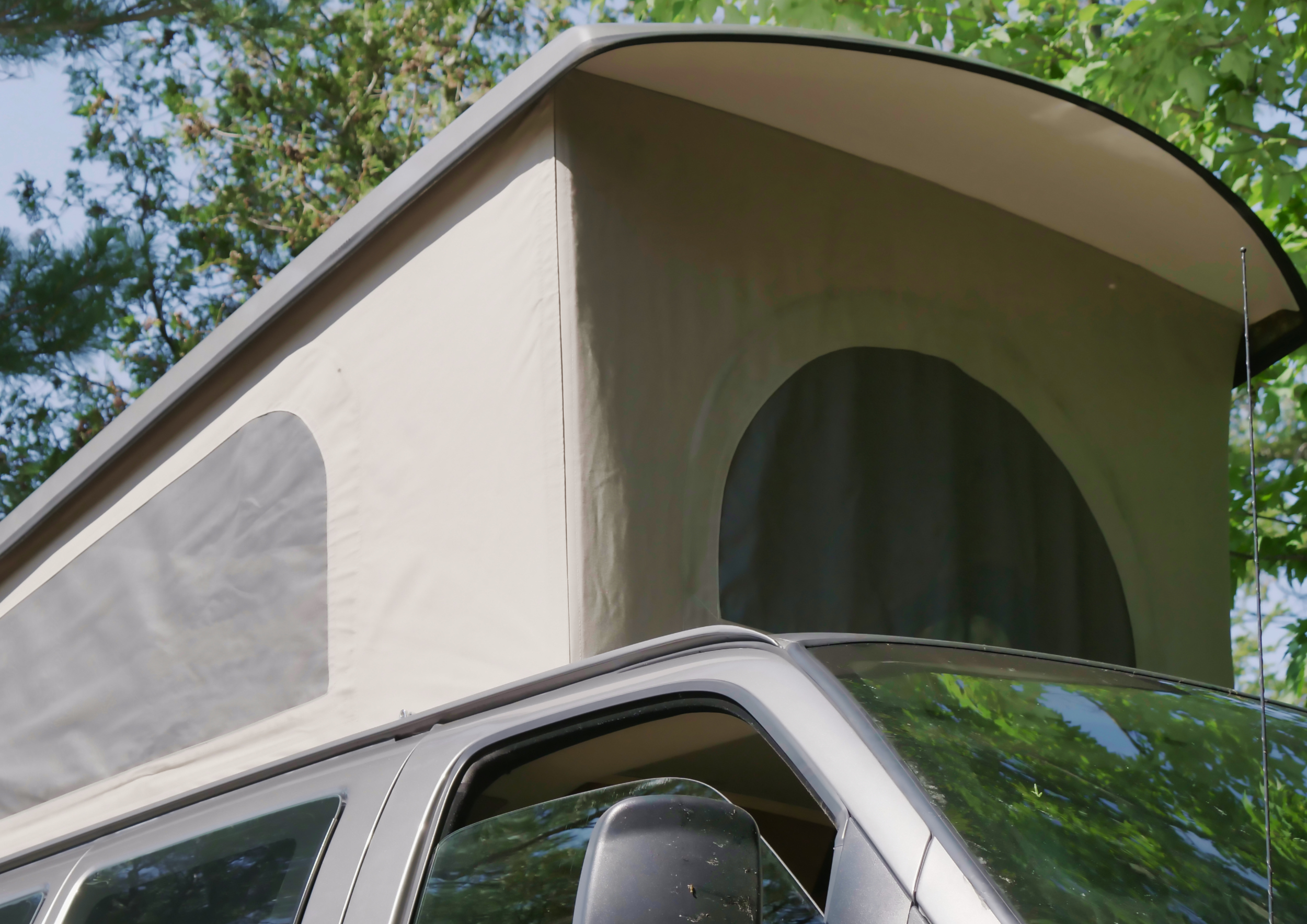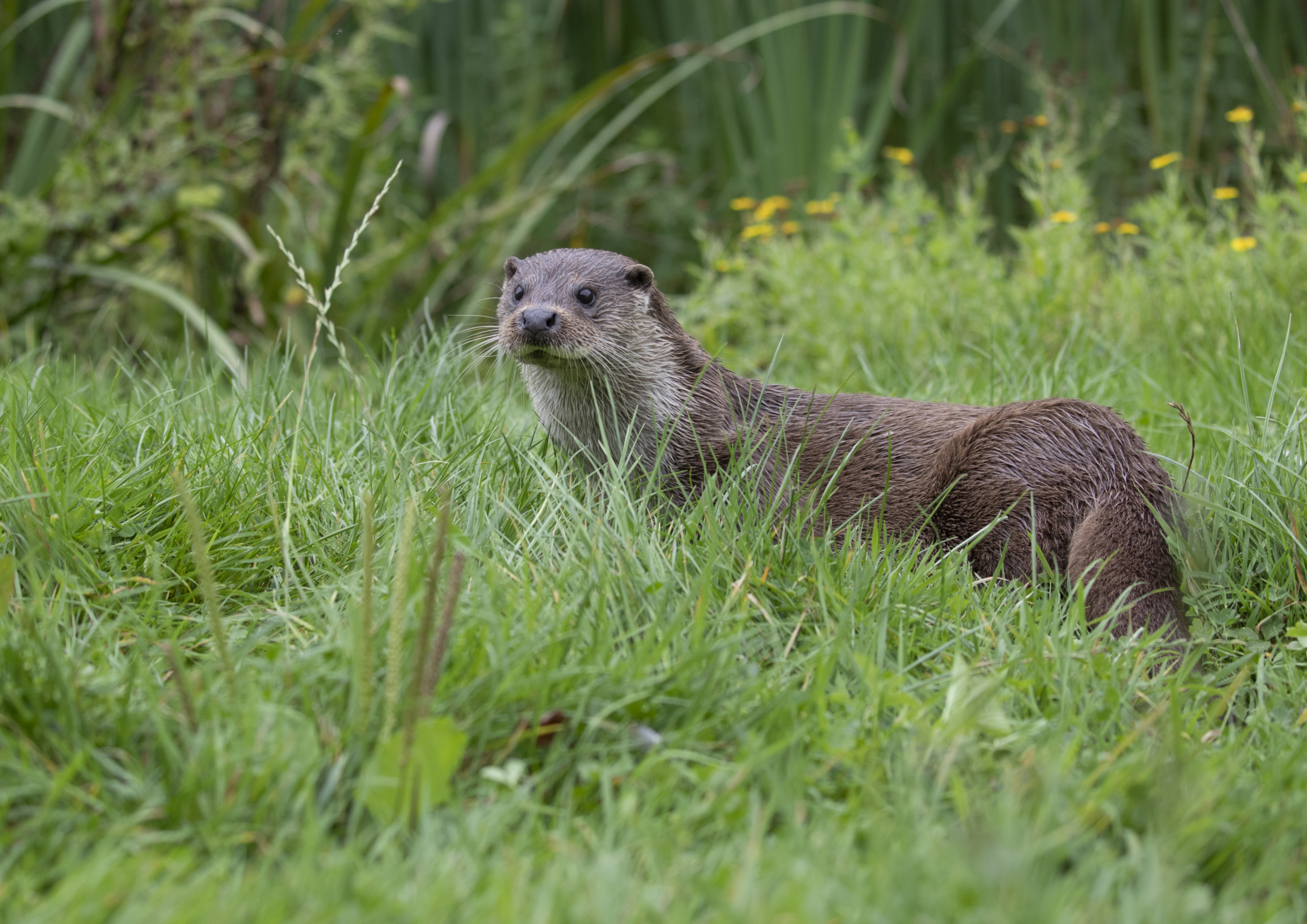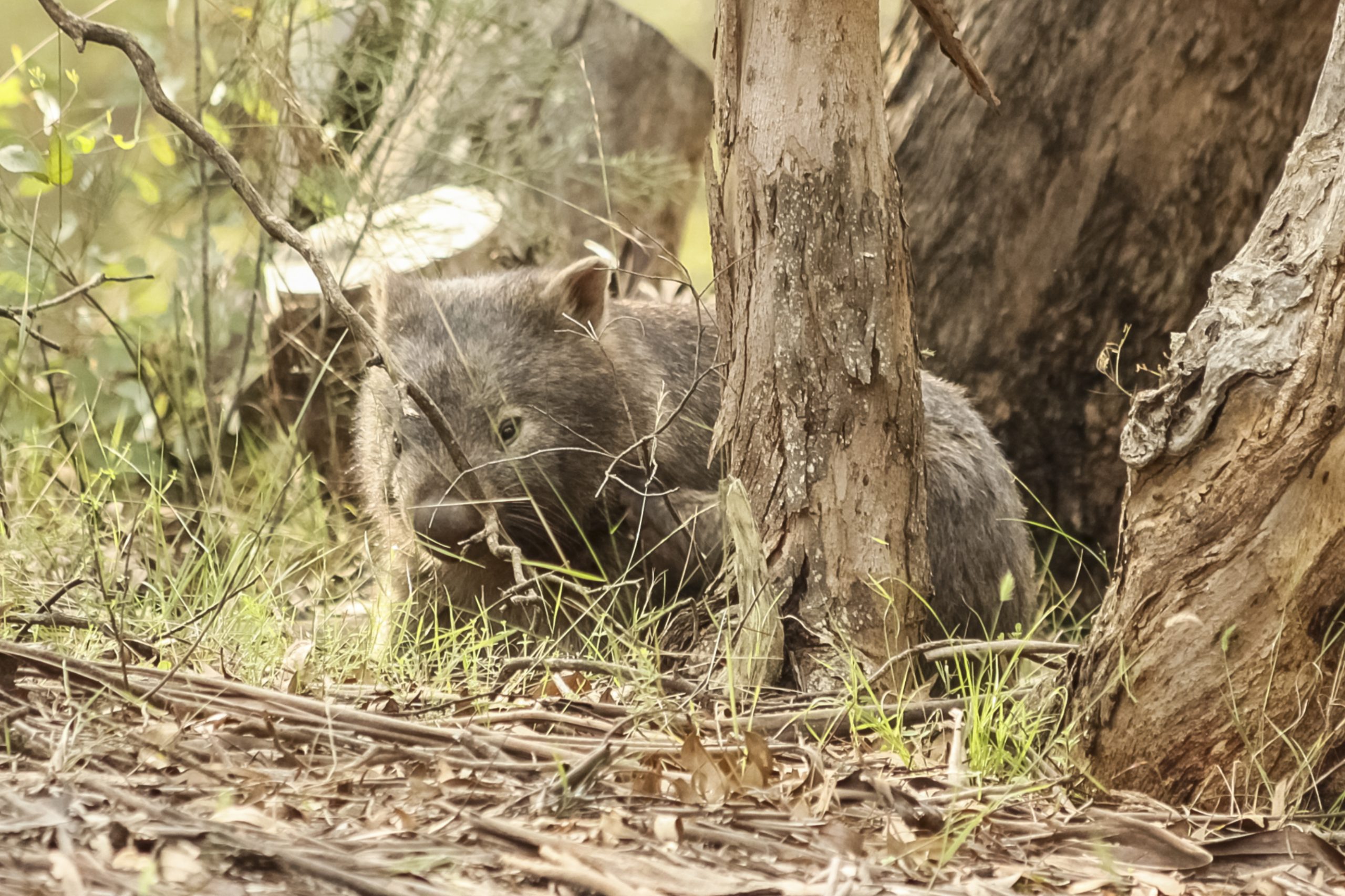
Out For The Count.
The Annual, 24-Hour Wildlife Count.
Lynn Johnson
6 September, 2021
Extreme weather events, from fires, to floods to storms are devastating what’s left of the world’s nature reserves. Just one example is an Australian study which estimated 3 billion animals were killed, injured or displaced in the 2019/2020 summer bushfires.
All this has happened at a time when governments worldwide pledge much for the environment, but in reality, do very little to aid its protection and rehabilitation. Those of us who care have lost trust in what our political representatives say. So, what can we do?
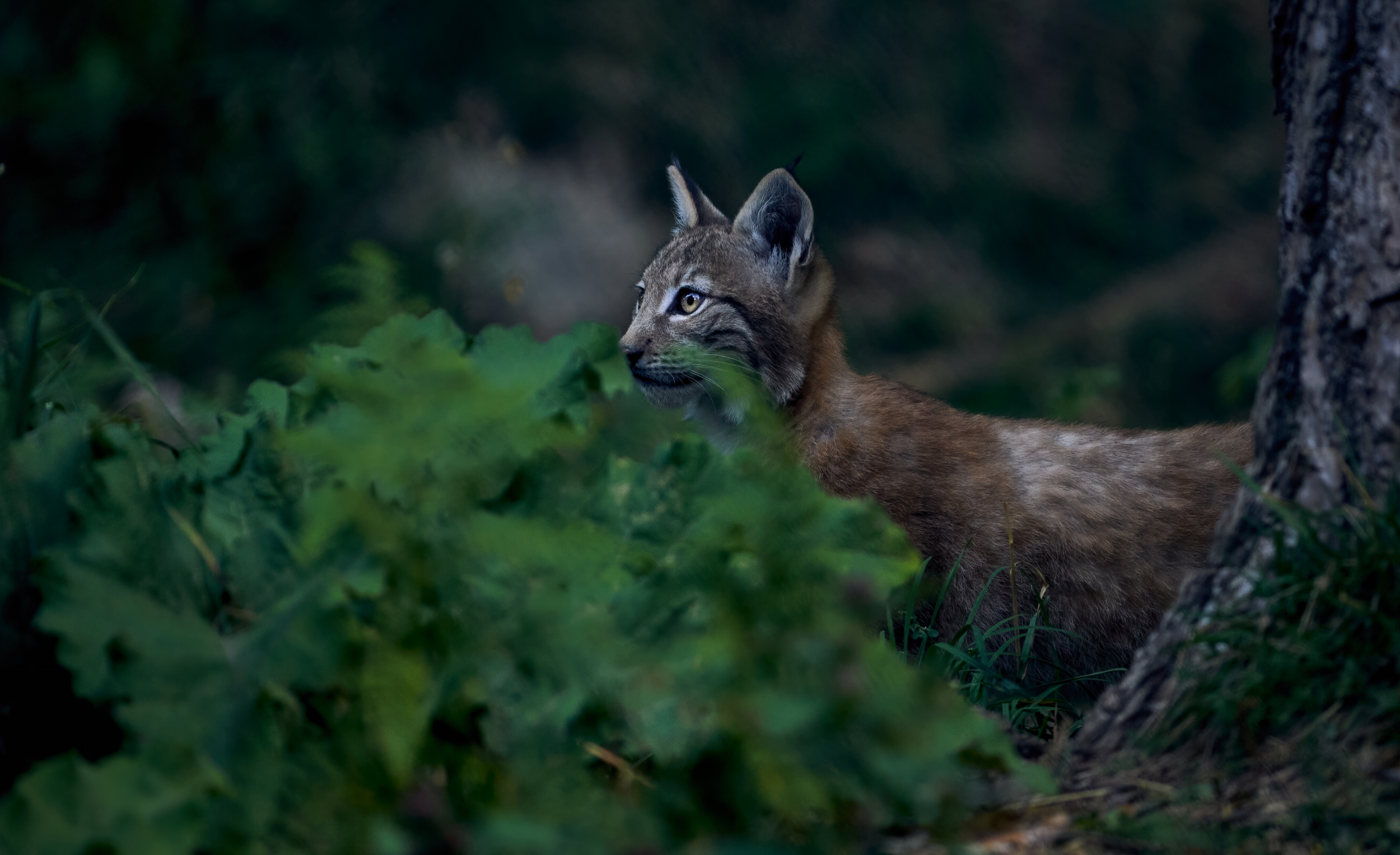
Is it time more of us pushed for an annual wildlife count, such as those carried out by citizens in continental Africa?
There couldn’t be a better time to start an initiative such as this. Not only are more people interested in citizen science, but the global pandemic means we can’t currently travel internationally and, even when borders open, some people will want to stick to domestic tourism for a few years to come.
An annual wildlife count isn’t a new concept; some countries and national parks have been doing this for over 50 years.
Perhaps the most well-known is the 24-hour wildlife count undertaken each year in national parks in Zimbabwe.
Australian author, Tony Park, a veteran of such counts, having been involved for over 20 years, describes The Inspirational Hwange National Park Count in the linked article.
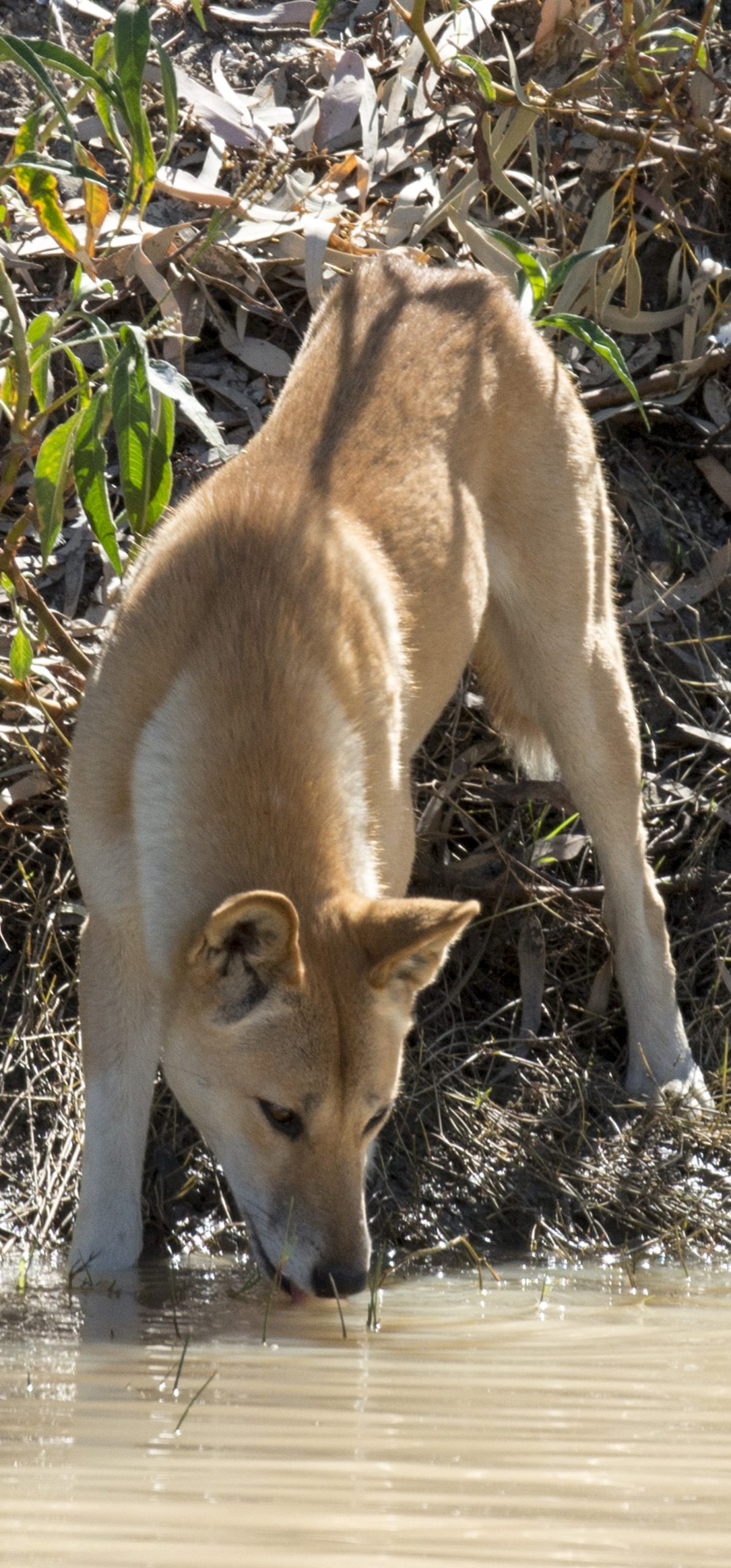
He says, “The concept is as simple, as it is wonderful and (for some) challenging – to sit by a waterhole, spring or stretch of river for 24 hours and do nothing but count every mammal that comes to drink. What makes the count truly unique, is that the vast majority of folks who take part are ordinary people, like you and me. One does not have to be a scientist. Though for the researchers based in and around Hwange, the annual census is a goldmine of information, particularly sightings of rare and endangered wildlife.”
While most of the world doesn’t have the iconic rhino, elephant or lion, we need to know what we (still) have. Maybe the best way to do that is a simple annual, 24-hour count conducted by volunteers like you and me. After all, many hands make light work!
And, if more of us realise just how much has been lost and how low the numbers are, we may get much more active in challenging our governments to cough up the funding needed to rehabilitate and rewild.
As the old saying goes, what gets measured gets done. An annual, citizen science survey, may be just the thing to get our governments into real action for wildlife.
Some countries such as the UK and Australia already have an annual bird or butterfly count, with broad participation. Similarly, a volunteer army is already dedicating their time to count bugs. Given these activities, and the 50 years of experience from the likes of Hwange National Park in Zimbabwe, copying the playbook, to scale this up shouldn’t be too difficult.
Certainly, this would need to be centrally co-ordinated and the citizen scientists would need the assistance of the professionals to design the best survey methodology and the best way to amalgamate and analyse the results.
But beyond that, such an annual count can be a true citizen science activity, with all of us who wish to protect biodiversity uniting for a common purpose; many of us can even bring our own accommodation!
From Australia to Europe, Asia to North America, if we want to see real progress in protecting the natural world, including the necessary rewilding, then it is time we were all out for the count.
